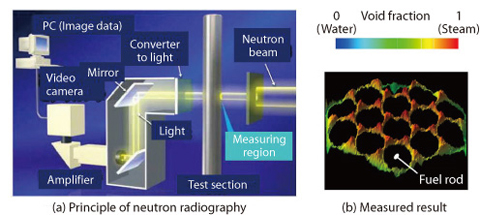
Fig.7-1 Void fraction profile in a fuel assembly measured by NRG
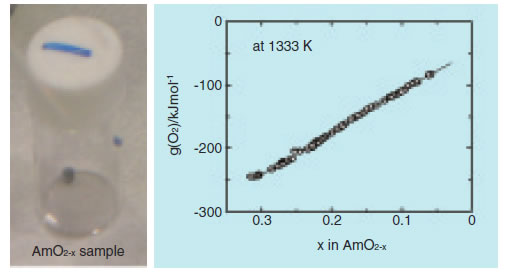
Fig.7-2 AmO2-x sample and its oxygen potential (g(O2)).
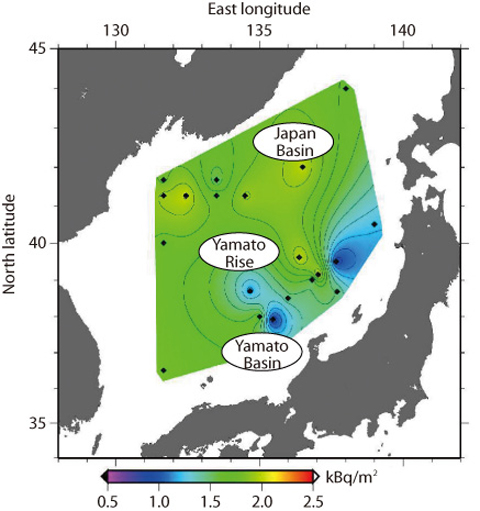
Fig.7-3 Distribution of the inventory of 137Cs in seawater originating from global fallout due to atmospheric nuclear weapons testing
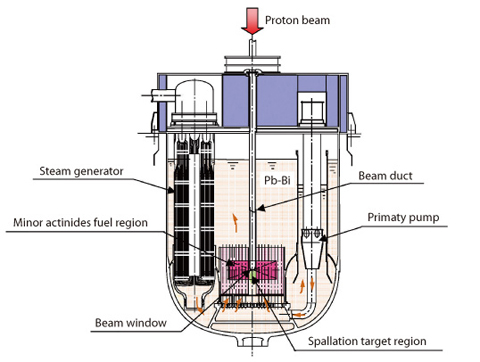
Fig.7-4 Concept of Accelerator-Driven transmutation System (ADS)
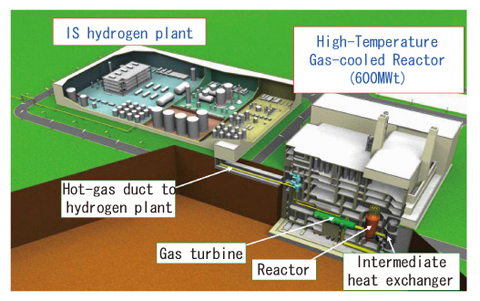
Fig.7-5 Concept of commercial HTGR cogeneration system
Fundamental nuclear science and engineering research is being conducted to form a base for Japan's R&D on nuclear energy, and to create innovative technologies applying nuclear energy. The fundamental engineering activities have the following four roles.
(1) Formation of the basis for innovative nuclear energy technology (such as high-temperature gas-cooled reactor/hydrogen production, and partitioning and transmutation)
(2) Support of development of applications and technology, and governmental policy regarding nuclear energy inside and outside JAEA (such as nuclear safety basis formation, technology for non-proliferation analysis)
(3) Provision of platform of nuclear energy R&D to industry and academia
(4) Organization of technology forming the basis of these activities mentioned above, and provision of it to society (such as nuclear data, nuclear/thermal design code, environment technology)
In order to carry out these roles, nuclear data and reactor engineering, fuel and material engineering, environment and radiation science, nuclear transmutation technology and nuclear applied heat technology are being studied.
Various types of research are being performed to investigate the feasibility of advanced and innovative nuclear systems and to establish technical bases for these systems, comprising nuclear data, advanced nuclear, thermal design methods, etc.
An advanced reactor physics code system is being developed to establish nuclear design methods, which do not need large-scale mockup tests, for advanced LWRs (light water reactors) and innovative reactors. The Japanese Evaluated Nuclear Data Library (JENDL) has been developed, especially for minor actinides (MA) and fission products (FP), as basic data used in nuclear research and development fields. Nuclear reaction mechanism and structure have been studied to get reliable and accurate nuclear data for MA and long life fission products by utilizing high-resolution and high-sensitivity gamma ray detection techniques.
Detailed two-phase analysis codes with supercomputing technology as well as model experiments for code validation are being developed to establish new thermal design methods which do not need large-scale thermal hydraulic tests. Three-dimensional thermal-hydraulic measurement with neutron radiography has been developed to build a detailed database for code validation(Fig.7-1).
To form the basis of an advanced nuclear fuel cycle and safety & reliability of nuclear power plants, fuels and materials research are carried out.
In the advanced nuclear fuel cycles, minor actinides (MA: Np, Am, Cm), which are classified as high level radioactive wastes in the current nuclear fuel cycle, are to be recycled to reduce the burden of waste disposals. To develop this technology, understanding and controlling of MA behaviors in the system are necessary. R&D on new extractants for MA separation based on actinide solution chemistry, fundamental technology for advanced aqueous MA separation processes, pyrochemical process for treating MA-bearing fuel, and fabrication technology and property measurements of MA-bearing fuels (Fig.7-2) are being made in advanced experimental facilities.
The materials used for nuclear reactors and reprocessing plants should maintain their integrity under irradiation and corrosive environments. For the advanced reactors, the materials are needed to have resistance against still more severe environments. R&D on irradiation effects of materials for nuclear reactors, the mechanism of stress corrosion cracking of reactor structural materials, and corrosion mechanism of reprocessing plant materials are being carried out.
The R&D on environmental behavior, radiation protection and technology for non-proliferation are carried out to contribute the promotion of nuclear energy.
In environmental research, the elucidation and prediction of the behavior of materials in atmospheric, oceanic and terrestrial regions (Fig.7-3) are studied. For radiation protection, research on molecular mechanisms of biological low-level dose radiation effects, radiation dosimetry of neutrons from high-energy accelerators, and shielding evaluation for various radiations are performed. To support non-proliferation, technology for safeguards and CTBT (Comprehensive Nuclear-Test-Ban Treaty) is being developed.
R&D on transmutation technology for long-lived nuclides are being conducted so as to reduce the burden of the radioactive waste management.
To achieve the transmutation of MA effectively and intensively, an Accelerator- Driven System (ADS) is being studied. As shown in Fig.7-4, the ADS consists of an MA-fuelled subcritical core coupled with a spallation neutron source driven by a superconducting proton accelerator. Various research and design studies are under way for the accelerator, the spallation target and the subcritical core using lead-bismuth eutectic as the primary coolant.
To expand nuclear energy application to heat process industries, we have continued extensive efforts of development for high-temperature gas-cooled reactor (HTGR) technology and for hydrogen production system using the nuclear heat from HTGR. Using the High Temperature Engineering Test Reactor ("HTTR"), which is the sole HTGR in Japan, reactor performance and safety demonstration tests have been conducted as planned to establish data base essential for commercial HTGR electricity/hydrogen cogeneration system (Fig.7-5). The reactor outlet temperature of 950°C indispensable to the HTGR cogeneration system was successfully achieved in 2004, demonstrating the highest temperature reactor operation in the world.
For hydrogen production as heat utilization technology, we have been carrying out R&D on thermo-chemical splitting of water by the "Iodine-Sulfur process" (IS process), which emits zero CO2 greenhouse gas. The IS process involves reactions iodine and sulfur compounds to decompose water molecules into hydrogen and oxygen using heat at about 900°C. In 2004, one-week continuous operation of the IS process was successfully demonstrated using a bench-scale apparatus with hydrogen production rate of ca. 30 L/h. In 2006, a mock-up model of a sulfuric-acid decomposer was also successfully test-fabricated with ceramics. We are leading the world R&D on the IS process.
We have built a "Nuclear Energy Research Collaboration Center" for playing the role of supplying platform to reinforce collaboration with industry and to promote R&D that meets the need of society. Presently, collaborative research activities in several fields, such as upgrading of structural material used in reprocessing facilities, thermal flow of light water reactors, and non-invasive detection of U and Pu in waste drums have been started. In addition, various collaborative research projects with academia/business are progressing, and we contribute to human resource development through collaboration with Nuclear professional school of the University of Tokyo.